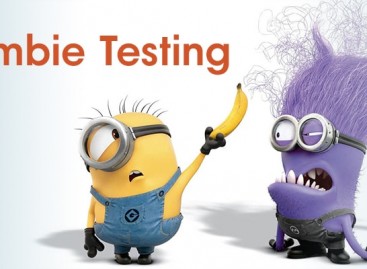- QATestLab Blog >
- QA Basics >
- What Is State-Transition Table?
In software testing field, information can be represented in various forms. It may be schema, table, diagram, notation, etc. Every specialist from software testing company chooses the form of representation which is the easiest for him to comprehend.
For example, state-transition testing presupposes the usage of either state-transition diagram or table. It does not matter what representation form to use. The core point is to perform functional testing effectively.
State-transition table consists of several parts. There are four columns.
What Are State-Transition Table Columns?
- Current state (condition of system under test)
- Event (happening that changes the system state)
- Action (operation performed out of the system )
- Next state
The table demonstrates all possible state-transition combinations in a form of list. It contains the scenario of both valid and invalid input conditions. Besides that, the creation of state-transition table may detect the combinations which were not defined in the requirement specifications. It is very important to discover such issues before coding process starts.
The main disadvantage of state-transition table is its size. It may be very large, as number of states and events increases fast in a complex system.
Either it is automated testing or manual testing, a specialist should apply proper principles and use the techniques which will accelerate the checking process, help to detect the majority of serious bugs and prevent possible difficulties.
Learn more from QATestLab
Related Posts:
- What Is State-Transition Diagram?
- What Diagrams Should QA Be Familiar With?
- How to Create Test Cases Using State-Transition Diagrams?








No Comments Yet!
You can be the one to start a conversation.